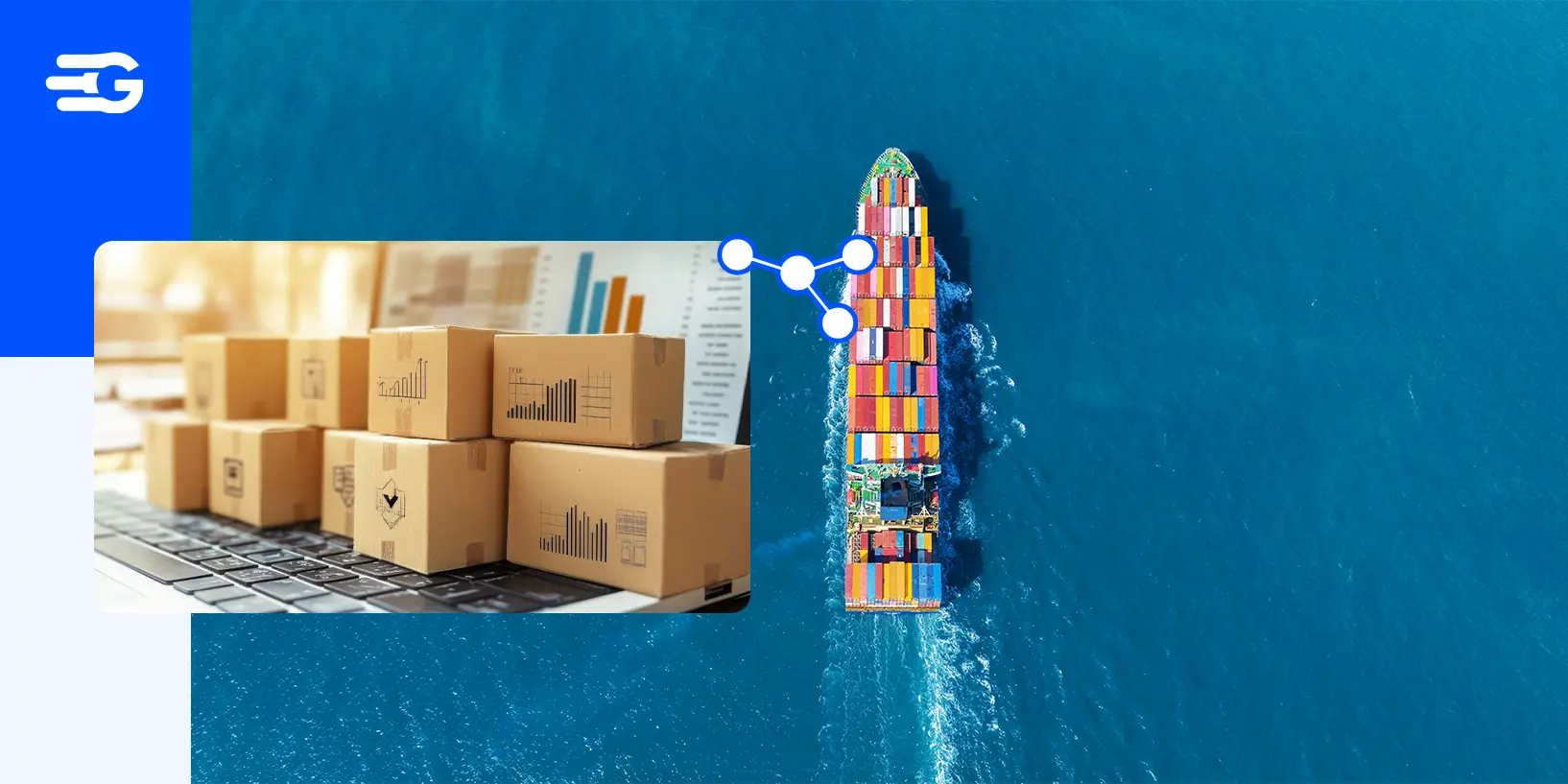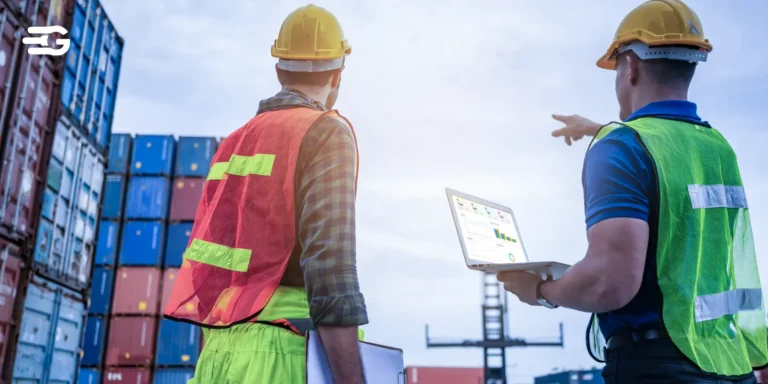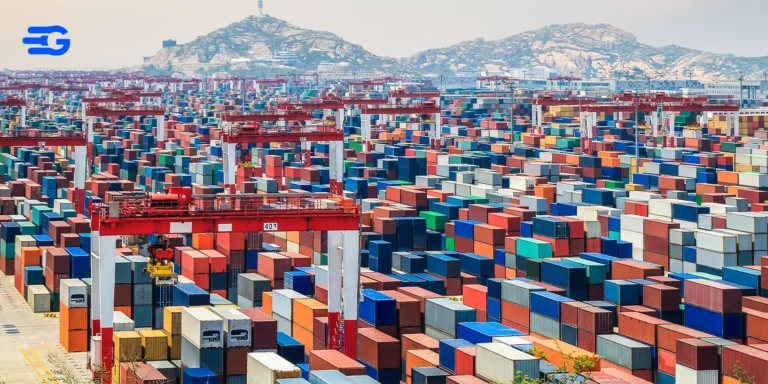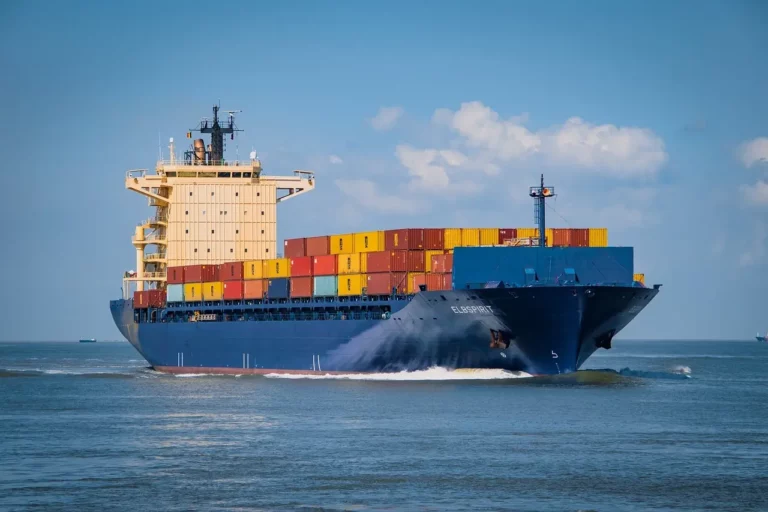Understanding How TMS Works: Key Functions and Benefits
A Transportation Management System (TMS) is a comprehensive software solution that enhances how companies plan, execute, and optimize the physical movement of goods. In a field where logistics precision directly impacts profits, TMS platforms provide the digital backbone for smarter freight handling and seamless coordination.
In today’s hyper-competitive logistics environment, where shipment delays, increasing freight costs, and rising customer expectations create daily pressures, TMS software is not just helpful, it’s vital. It allows companies like ours to automate workflows, cut down on shipping costs, and maintain full control and visibility over freight activities.
In this guide, we’ll explore what a TMS is, how it operates, and why it’s become an indispensable tool for managing transportation in complex global supply chains.
What is a Transportation Management System?
A Transportation Management System is software that helps businesses manage all aspects of the shipment lifecycle. It handles route planning, shipment execution, freight settlement, and everything in between while offering real-time visibility.
This type of platform acts as a digital control tower. It connects the dots between ERP (Enterprise Resource Planning) and WMS (Warehouse Management System) platforms to provide a single, accurate view of the entire supply chain.
At GoComet, we use this approach to unify operations. For example, our GoTrack and GoShipment modules are tightly integrated with client ERP systems, streamlining both planning and execution into one frictionless process.
Learn more about the Transportation Management System here!
How Does a TMS Work?
To understand how a TMS supports logistics teams, let’s break it into four main stages:
1. Data Integration The TMS first collects information from various internal and external systems, including ERP platforms, carrier APIs, order systems, and tracking tools. This consolidated data layer is essential for driving real-time visibility and consistent planning.
2. Transportation Planning and Optimization Once data is collected, the TMS uses rule-based algorithms and AI-driven tools to recommend optimal shipment plans. It considers routes, carrier costs, load constraints, service levels, and past performance to make decisions that maximize speed and minimize spend.
3. Execution and Real-Time Monitoring After plans are approved, the TMS takes over execution. Carrier selection, tendering, dispatch, and live tracking are all automated. Solutions like GoTrack offer real-time status updates, predictive ETAs, and exception alerts-ensuring nothing falls through the cracks.
4. Post-Shipment Analytics and Reporting Once deliveries are completed, the TMS compiles operational data into reports that evaluate performance against key metrics-on-time delivery, fuel usage, dwell time, and carrier scorecards. These analytics drive continuous improvement in logistics strategy.
As outlined by experts from RXO, Generix, and Oracle, a well-structured TMS workflow becomes the foundation of smarter, scalable transportation operations.
Key Functions of a TMS
An enterprise-grade TMS goes far beyond shipment creation. Let’s look at its primary capabilities:
Transportation Planning and Optimization: Generates intelligent, cost-effective transportation plans across full truckload (FTL), less-than-truckload (LTL), ocean, and airfreight.
Carrier Selection and Rate Management: Helps logistics teams compare multiple carrier options. With modules like GoProcure, we automate rate negotiation, spot bidding, and contract lifecycle management.
Freight Auditing and Invoice Processing: Reconciles shipment invoices against pre-approved rates to eliminate billing discrepancies. GoInvoice uses OCR to automate this process and flag anomalies before they become payment issues.
Real-Time Shipment Tracking and Visibility: Delivers 24/7 tracking, predictive ETAs, and automated alerts that empower both shippers and their customers with shipment status at every stage.
Compliance and Documentation Management: Ensures international shipments meet customs, trade, and environmental regulations by auto-generating required documents and storing them for audit readiness.
Leaders like us have noted that these functions define the standard for today’s advanced logistics ecosystems.
Compare Top TMS Software and Choose The Best!
Benefits of Implementing a TMS
“GoComet gave us full visibility into our 83 global shipment routes, helping us track costs, optimize logistics, and make data-driven decisions.” – Sandy Gullis, EMEA Freight Manager at Essentra Components
Here’s why TMS adoption is accelerating across mid-sized to enterprise logistics teams:
Cost Efficiency A robust TMS identifies inefficiencies and proposes cost-saving alternatives. One GoComet client cut overall freight costs by 12% through route optimization and better carrier selection.
Higher Customer Satisfaction With accurate ETAs and fewer service disruptions, customer service teams can confidently communicate shipment updates, reducing uncertainty and improving trust.
Streamlined Internal Operations TMS platforms automate load planning, rate booking, invoice matching, and exception management, allowing teams to focus on higher-value tasks.
Better Decision-Making with Data Analytics dashboards surface KPIs like on-time performance and shipping lane efficiency, giving leadership the insights they need to guide operations.
Scalability and Future-Proofing Cloud-based TMS systems grow with your business. Whether you’re expanding into new markets or increasing shipment volume, the system scales without disruption.
Adaptability in Disruption In a volatile world, being able to respond quickly is critical. A TMS ensures supply chain agility and resilience in the face of delays or crises.
Reports from Descartes and Inbound Logistics consistently highlight these benefits as key drivers of competitive advantage.
Preventing $2.5 million weekly loss risk with Us
When Houthi rebel attacks destabilized the Bab el-Mandeb Strait, a narrow but essential corridor for 12% of global trade, supply chains were instantly thrown into chaos. Shipping lines rerouted vessels around the Cape of Good Hope, causing 14-21 day delays and skyrocketing freight costs.
One of our clients in the textile sector was hit hard. Their just-in-time inventory model couldn’t absorb the 10-day transit time increase, resulting in halted production and a $2.5 million weekly loss risk.
We deployed GoTrack’s Predictive ETA feature, which calculates adjusted ETAs based on AIS (Automatic Identification System) ship location data. With these insights, the client realigned its production schedules and inventory forecasts using GoPlan, minimizing the financial damage.
In another case, a tyre manufacturer facing similar delays used GoTrack to notify customers in advance of arrival shifts. Their proactive communication prevented customer dissatisfaction and maintained trust.
This case reinforces how real-time data, predictive tools, and automated alerts are no longer nice-to-haves – they are must-haves for surviving disruption.
Conclusion
As supply chains expand in complexity, investing in a modern Transportation Management System is a strategic move that impacts every link in your logistics chain.
A TMS is more than software. It is an operational command center. From lowering freight costs to enhancing shipment transparency and speeding up decision-making, its value is tangible.
At GoComet, we’ve seen these outcomes time and again. Our clients gain control, resilience, and savings. Whether your network is regional or global, a well-implemented TMS will raise your logistics game.





